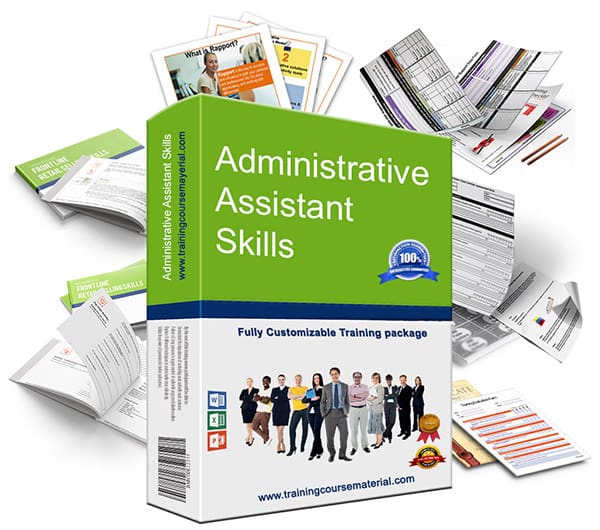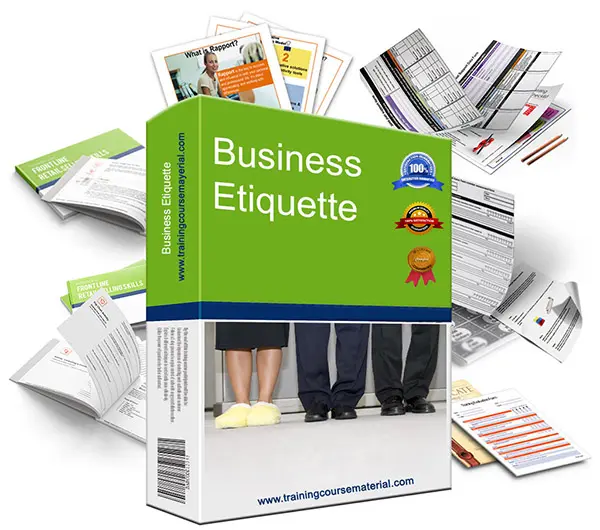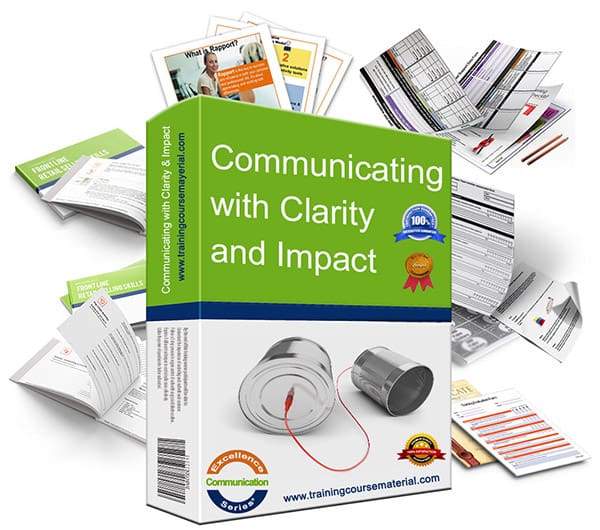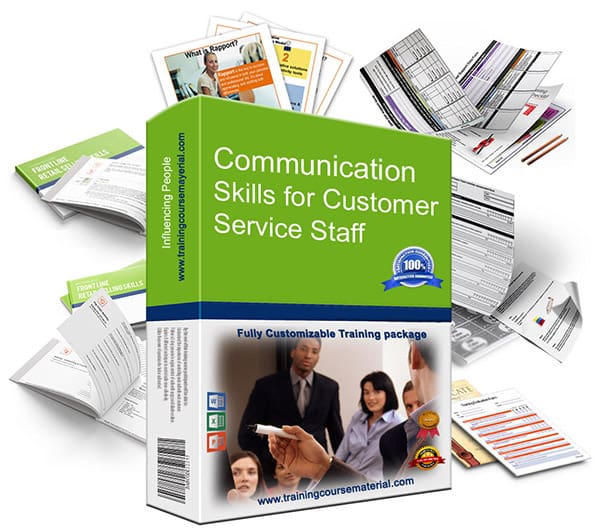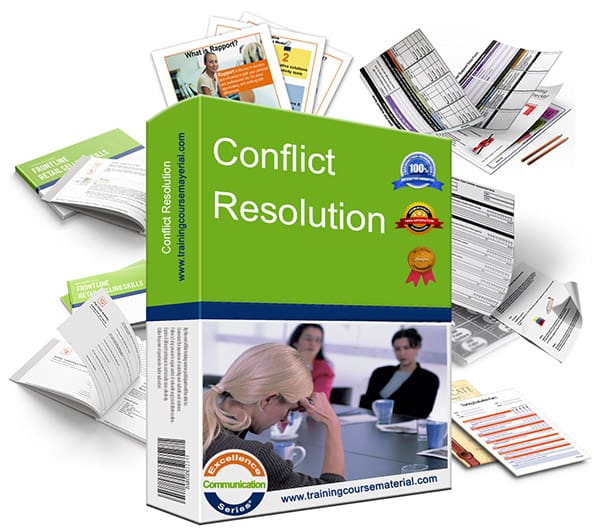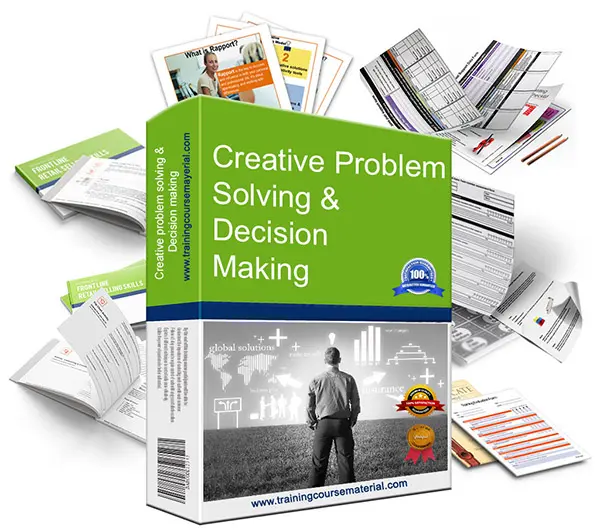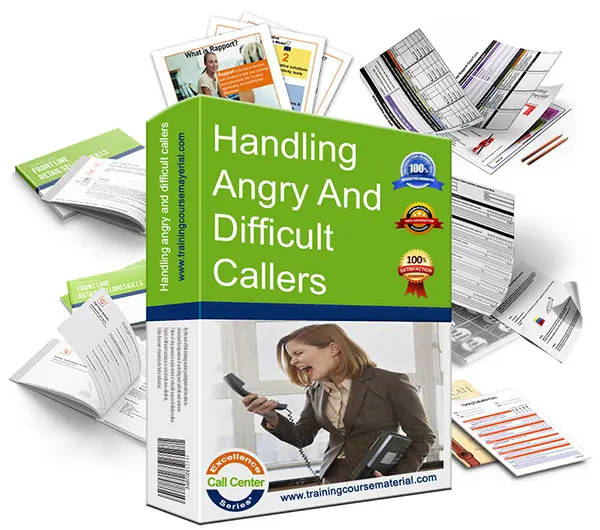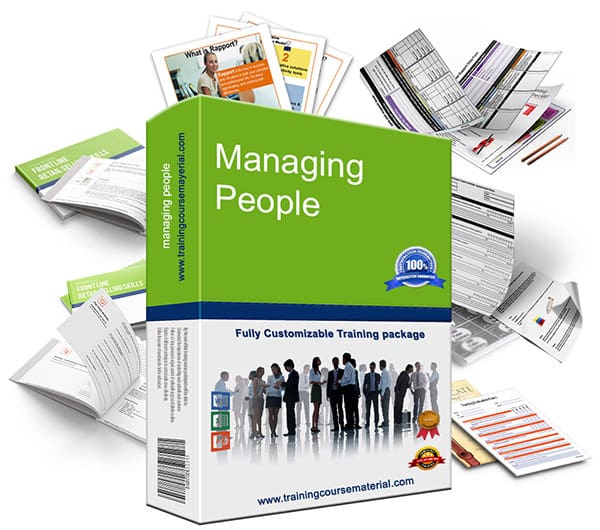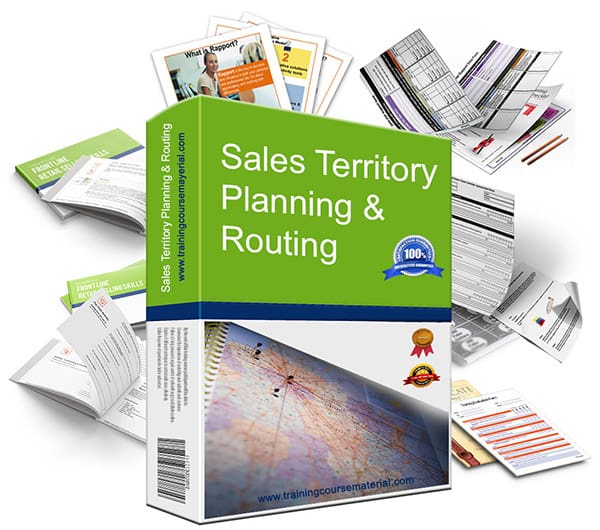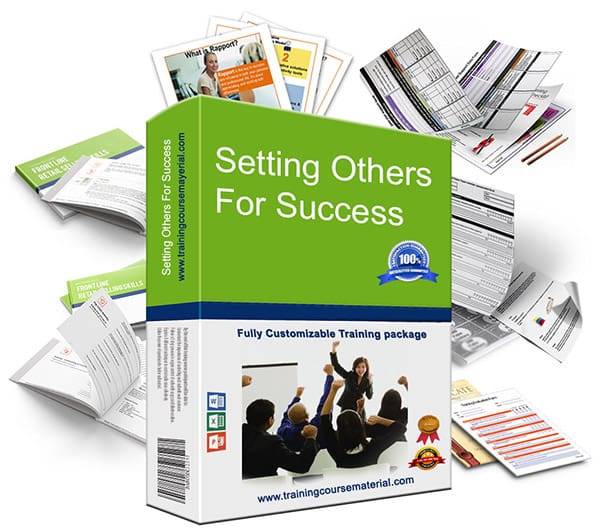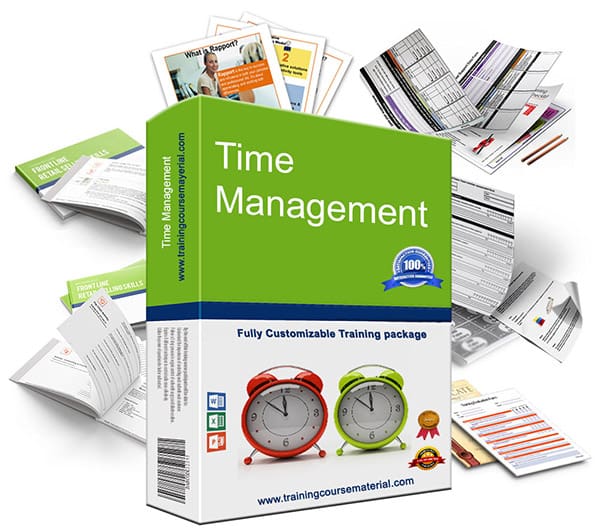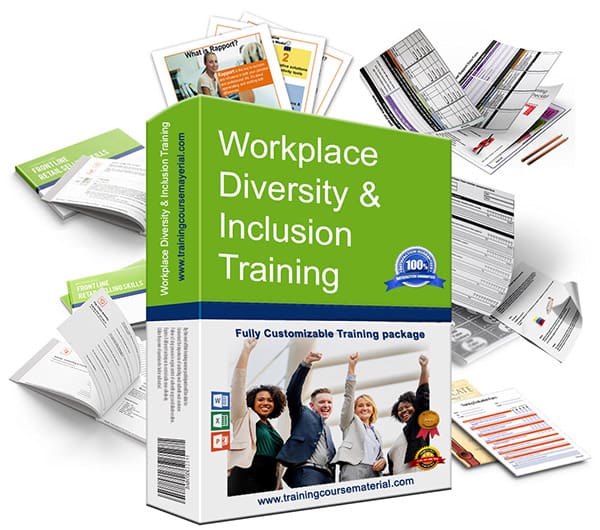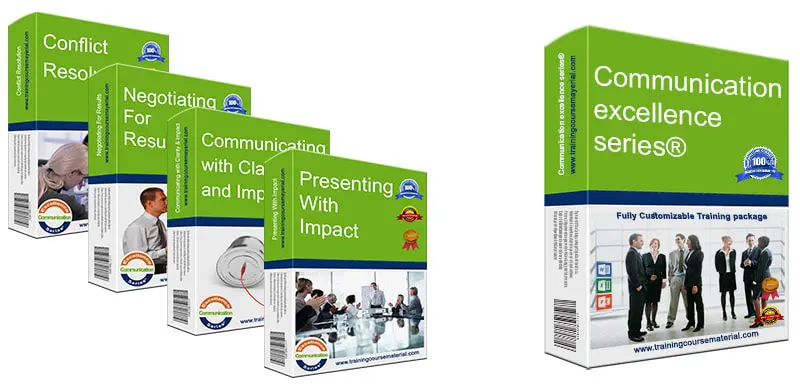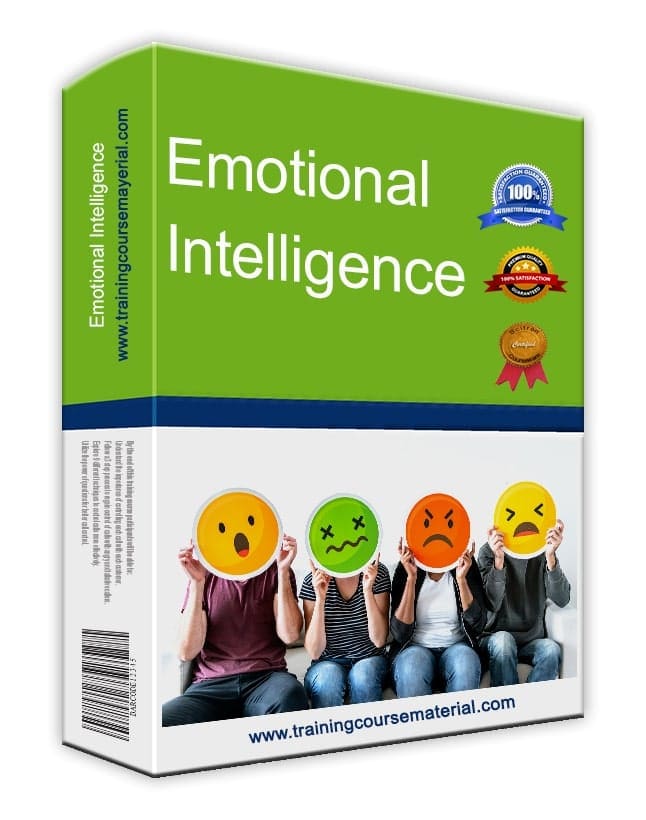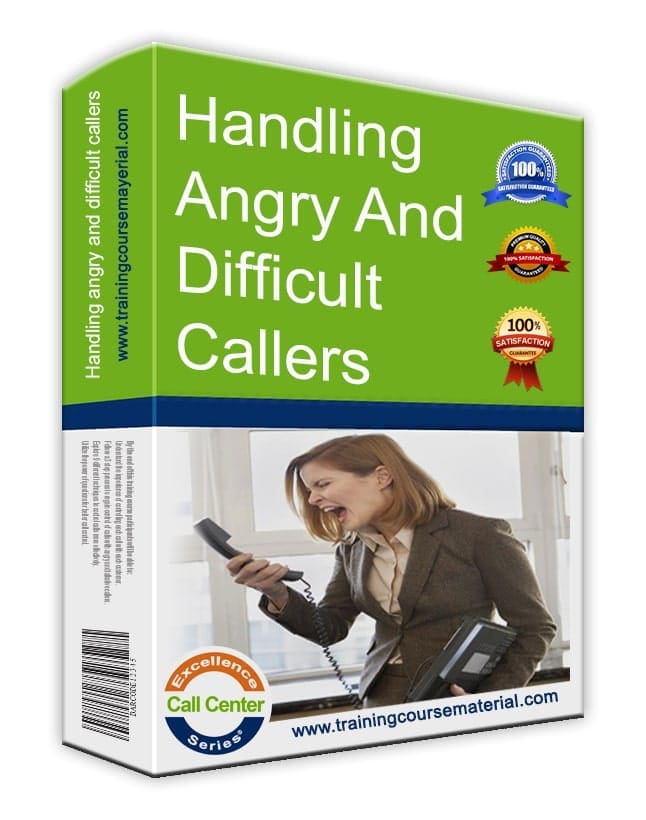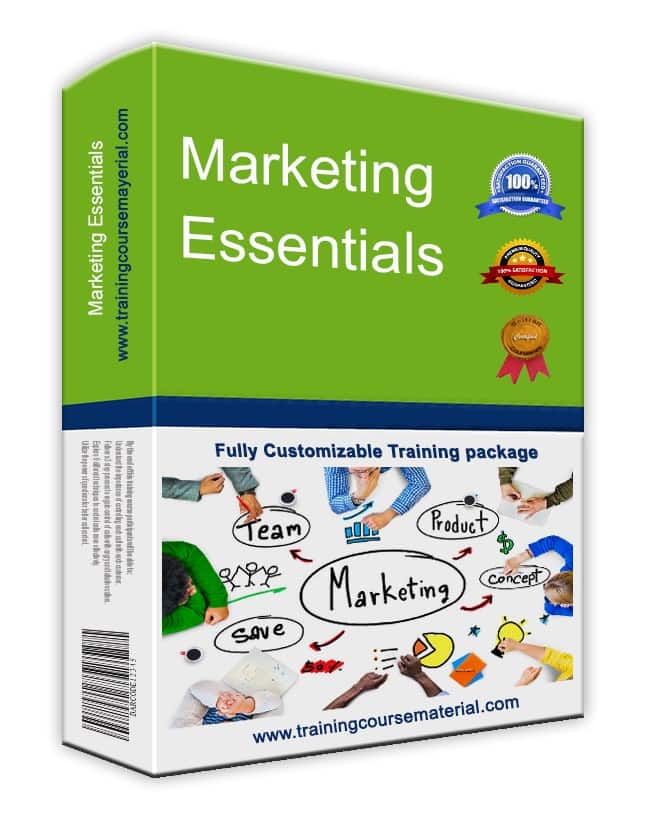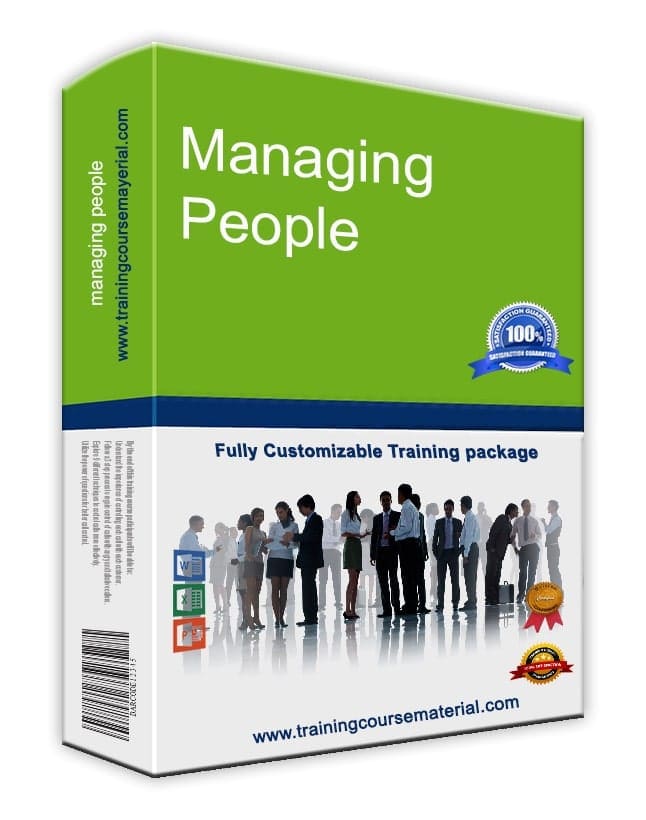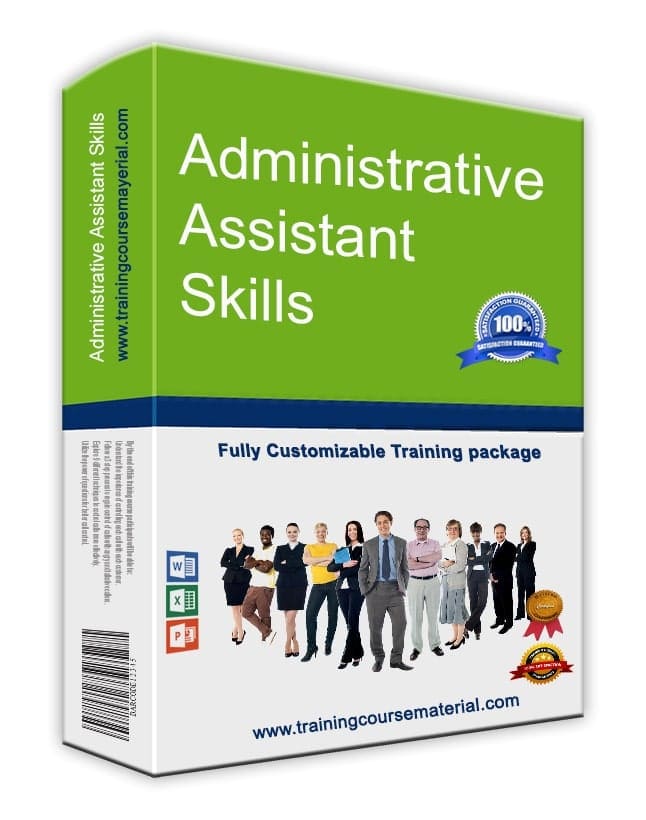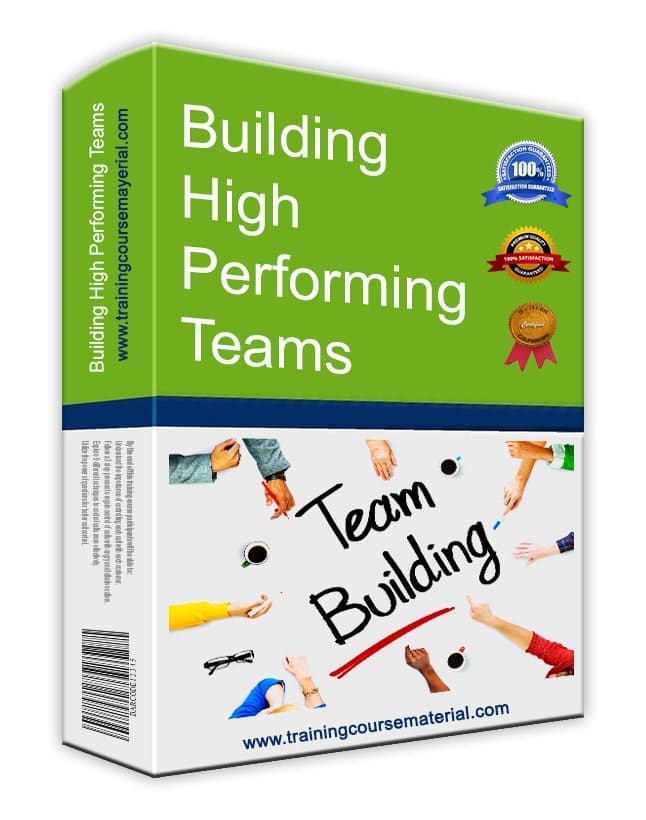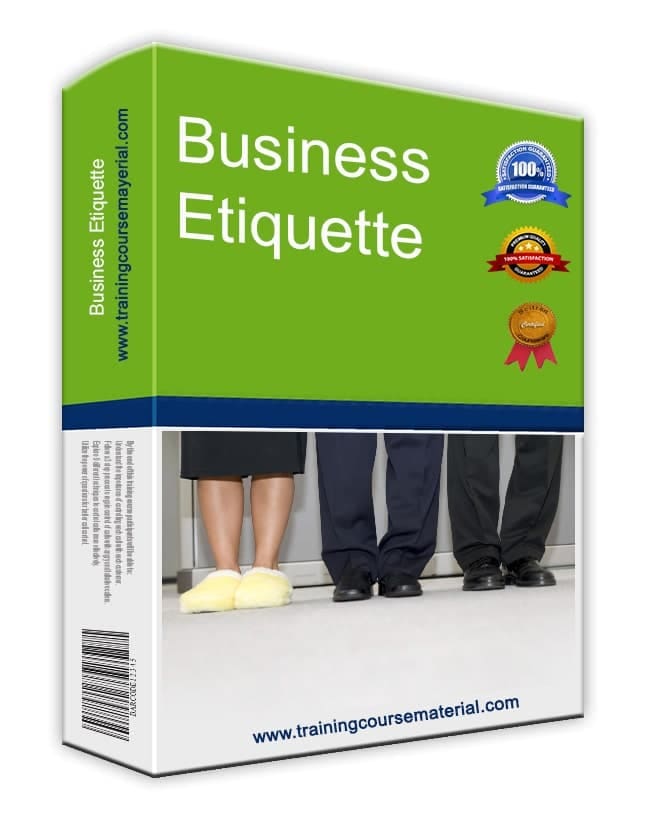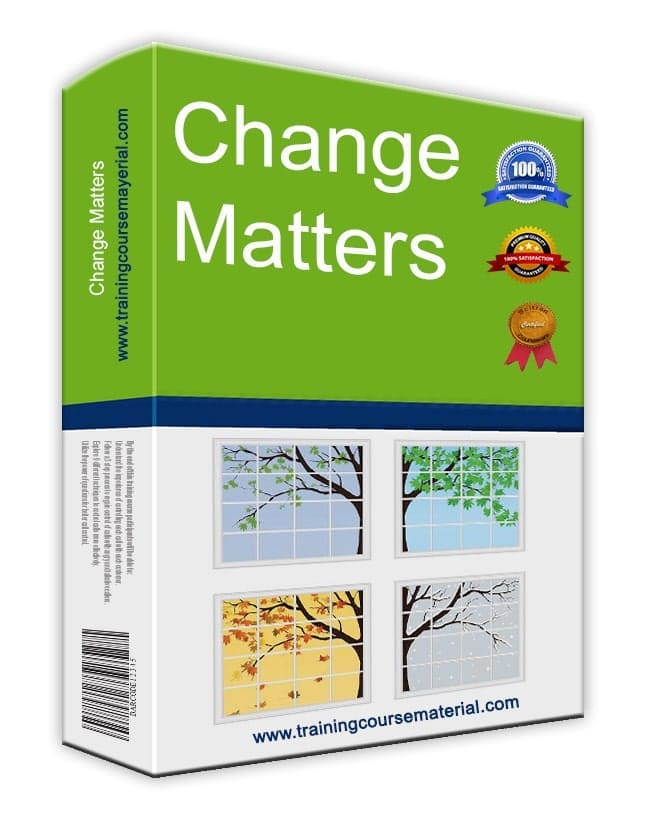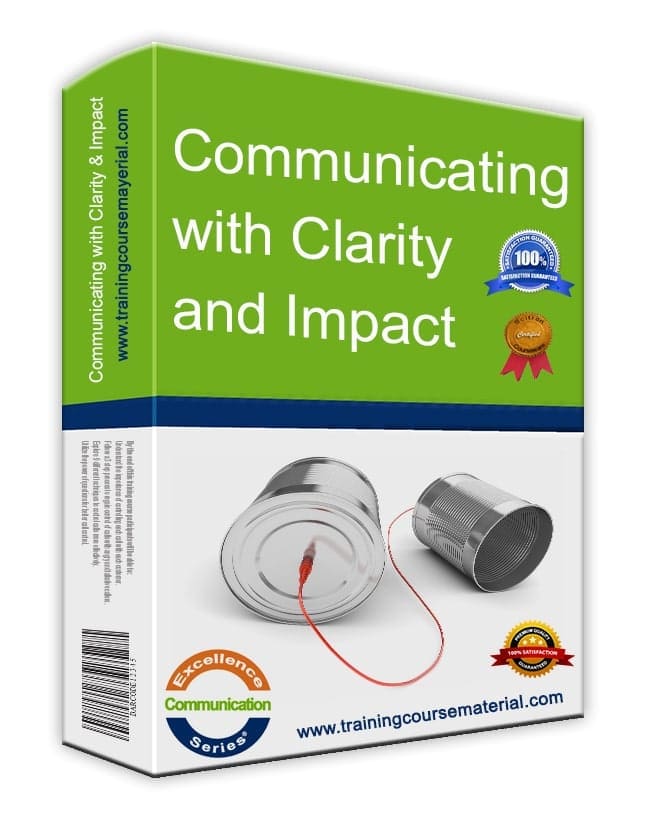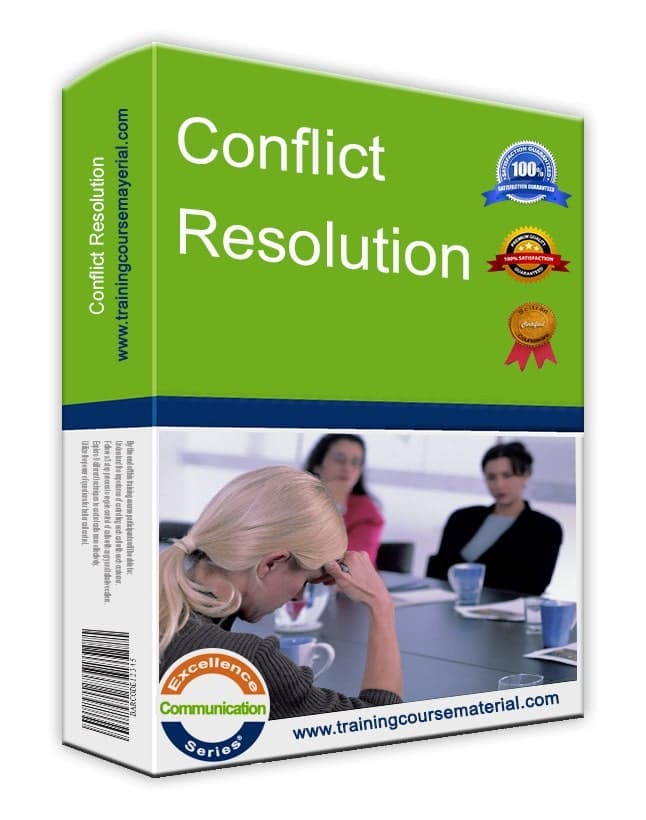How People React to Conflict—and What to Do About It
By TrainingCourseMaterial.com
Reviewed by: A. Maher, Senior Trainer specializing in workplace conflict resolution, with over 12 years of experience in coaching HR teams and facilitators.
People react to conflict in very different ways. Some rush in head-on. Others retreat. And the same person might respond differently depending on who they’re dealing with or how high the stakes feel. Understanding these styles helps managers and team leads navigate issues before they escalate.
🔍 Five Common Conflict Response Styles
1. Passive – “I surrender”
Some people avoid confrontation at all costs. They’ll give up their opinions, needs, or even well-being just to keep the peace. For them, being liked matters more than being heard. But this comes at a cost—they rarely share dissatisfaction, and they may suddenly quit without warning. Support these individuals by:
- Monitoring workloads
- Encouraging open feedback
- Helping them develop assertiveness skills
2. Passive-Aggressive – “Not getting into the fight (but making a point)”
This response looks calm on the surface—but resentment simmers underneath. These individuals may vent indirectly, skip meetings, or send sharply worded emails instead of speaking up. They avoid the fight but still want to be heard. Support them by:
- Creating a safe space for open dialogue
- Building trust and offering confidentiality
- Coaching them to give clear, constructive feedback
3. Aggressive – “Let’s fight”
These are your “driver” personalities. They react quickly and forcefully when challenged. They may come off as blunt, even rude, without intending harm. But their assertiveness can overshadow others. Support them by:
- Reinforcing the value of collaboration
- Encouraging empathy and awareness of tone
- Helping them focus on shared goals
4. Compromising – “Let’s fix this quickly”
Compromisers value speed and practicality. They seek quick, fair-enough solutions to move past conflict and get back to work. But short-term fixes may not resolve the core issue. Help these individuals by:
- Encouraging deeper analysis before deciding
- Balancing efficiency with fairness
- Highlighting long-term impacts of quick compromises
5. Collaborative – “Let’s make this better”
Collaborators see conflict as a path to growth. They aim to understand all sides and co-create a solution. They value teamwork and seek input. These are your natural bridge-builders. Support them by:
- Giving them space to lead dialogue
- Including them in sensitive negotiations
- Recognizing their contributions to team cohesion
🧭 How Do You View Conflict?
Do you see conflict as a threat—or an opportunity to grow? Adopting a collaborative lens often turns tension into teamwork. For team leaders, learning to spot and support different reaction styles is key to creating a resilient workplace.
📘 Build Conflict Handling Skills That Stick
Explore our Conflict Resolution Training Package—customizable tools and trainer guides to help your team respond constructively in tough conversations.
Related Resources:
Author’s Note: This article was created by the curriculum design team at TrainingCourseMaterial.com—trusted by corporate trainers worldwide for over 15 years.


